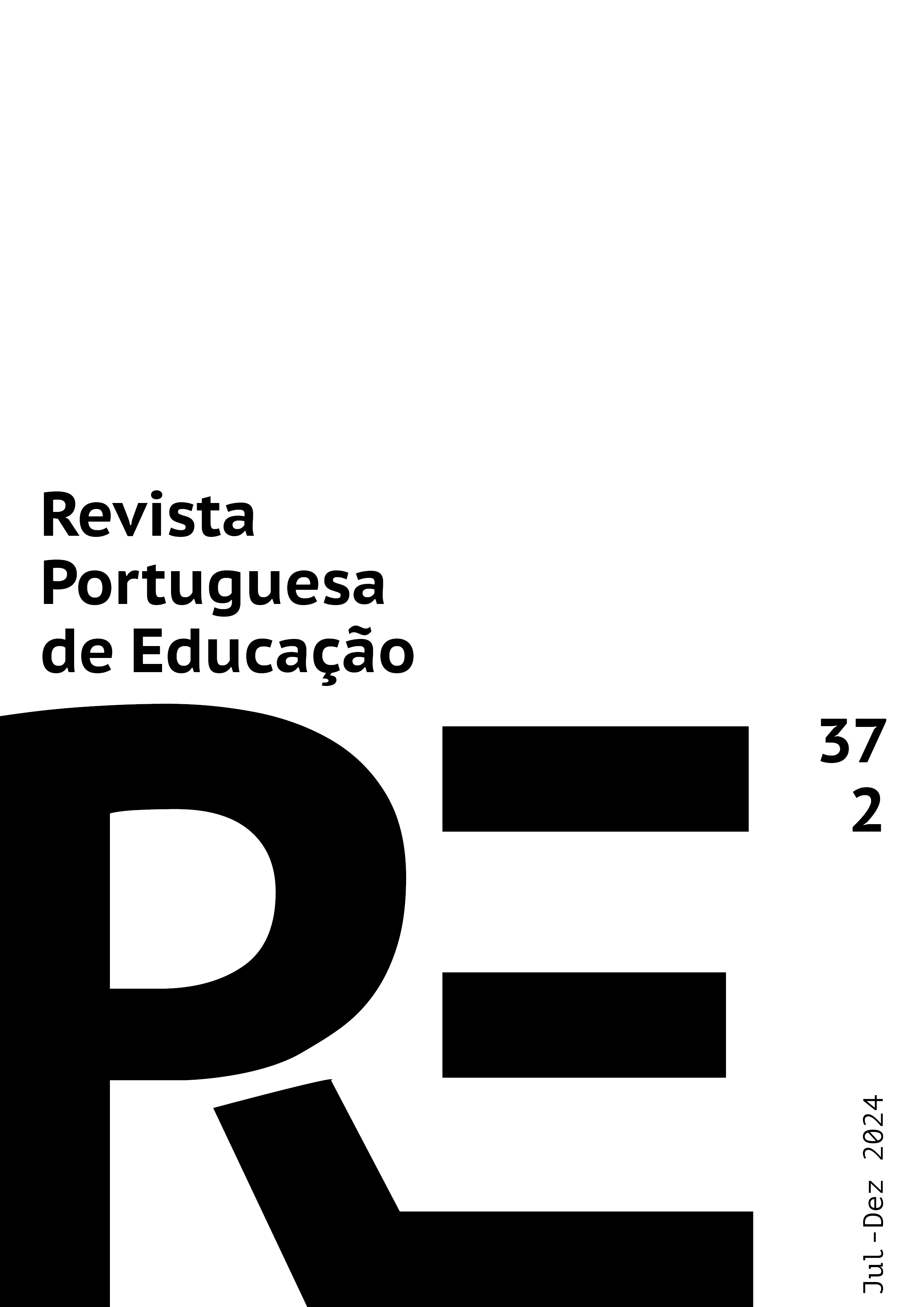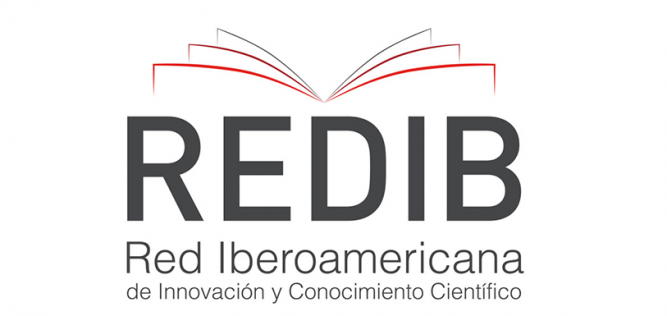Rethinking speaking in ELT: Where does intelligibility stand in the EFL classroom?
DOI :
https://doi.org/10.21814/rpe.32003Mots-clés :
English as a Foreign Language, Speaking, Intelligibility, Classroom, Teaching practicesRésumé
Learning a Foreign Language (FL) is, as a rule, seen by experts as a major asset for global understanding and the mobility of people. English is found at the top of the pyramid as the number one language to achieve these goals. Nowadays, being able to express oneself intelligibly in English is decisive for students who want to thrive both academically and professionally. Indeed, the concept of intelligibility is now firmly established in the field of Applied Linguistics as one of the key factors in explaining success or otherwise in communication between interlocutors from diverse cultural and linguistic backgrounds. Accordingly, the essence of this article lies in the analysis of the communicative teaching practices of EFL teachers in Portugal and how they reflect on the learners’ speaking proficiency and intelligibility. Findings show that English continues to be taught with little regard to its real-world use, creating a gap between the learners’ needs/expectations and their true learning. Overall, the article focuses on the need for a reconceptualisation of speaking within an intelligibility frame of mind. Thus, it poses a challenge to traditional approaches to language teaching and learning practices by claiming a need to rethink approaches to learners’ oral proficiency grounded in the intelligibility principle.
##plugins.generic.usageStats.downloads##
Références
Abercrombie, D. (1949). Teaching pronunciation. English Language Teaching, III(5), 113-122. https://doi.org/10.1093/elt/III.5.113
Anderson-Hsieh, J., & Koehler, K. (1988). The effect of foreign accent and speaking rate on native speaker comprehension. Language Learning, 38(4), 561-593. https://doi.org/10.1111/j.1467-1770.1988.tb00167.x
Bent, T., & Bradlow, A. R. (2003). The interlanguage speech intelligibility benefit. Journal of the Acoustical Society of America, 114(3), 1600-1610.https://doi.org/10.1121/1.1603234
Björkman, B. (2014). An analysis of polyadic English as a Lingua Franca (ELF) speech: A communicative strategies framework. Journal of Pragmatics, 66, 122-138. https://doi.org/10.1016/j.pragma.2014.03.001
Bradlow, A. R., & Pisoni, D. B. (1999). Recognition of spoken words by native and non-native listeners: Talker-, listener-, and item-related factors. Journal of the Acoustical Society of America, 106(4), 2074-2085. https://doi.org/10.1121/1.427952
Cogo, A., & Dewey, M. (2012). Analysing English as a Lingua Franca: A corpus-driven investigation. Continuum.
Cogo, A., & House, J. (2018). The pragmatics of ELF. In J. Jenkins, W. Baker & M. Dewey, The Routledge handbook of English as a Lingua Franca (pp. 210-223). Routledge.
Correia, R. C. (2015). Classroom anxiety and young language learners: Broadening the scope of the research agenda. Humanising Language Teaching, 17(4). http://old.hltmag.co.uk/aug15/sart02.htm
Council of Europe. (2001). Common European Framework of Reference for Languages: Learning, Teaching, Assessment. Cambridge UP. http://www.coe.int/lang-CEFR
Council of Europe. (2018). Common European Framework of Reference for Languages: Learning, Teaching, Assessment - Companion Volume with New Descriptors. Council of Europe Publishing. http://www.coe.int/lang-CEFR
Council of Europe. (2020). Common European Framework of Reference for Languages: Learning, Teaching, Assessment - Companion Volume. Council of Europe Publishing. https://www.coe.int/en/web/common-european-framework-reference-languages
Cruz, N. C. (2007). Terminologies and definitions in the use of intelligibility: State-of-the-art. Revista Brasileira de Linguística Aplicada, 7(1), 149-159. http://www.redalyc.org/articulo.oa?id=339829600008
De Jong, N. H., Steinel, M. P., Florijn, A. J., Schoonen, R., & Hulstijn, J. H. (2012). Facets of speaking proficiency. Studies in Second Language Acquisition, 34(1), 5-34. https://doi.org/10.1017/S0272263111000489
Derwing, T. M., & Munro, M. J. (2005). Second language accent and pronunciation teaching: A research-based approach. TESOL Quarterly, 39(3), 379-397. https://doi.org/10.2307/3588486
Derwing, T. M., & Munro, M. J. (2015). Pronunciation fundamentals: Evidence-based perspectives for L2 teaching and research. John Benjamins.
Eberhard, D. M., Simons, G. F., & Fennig, C. D. (2022). Ethnologue: Languages of the World (25th Ed.). SIL International.
Fayer, J. M., & Krasinski, E. (1987). Native and nonnative judgments of intelligibility and irritation. Language Learning, 37(3), 313-326.https://doi.org/10.1111/j.1467-1770.1987.tb00573.x
House, J. (2022). The pragmatics of English as a Lingua Franca. Applied Pragmatics, 4(2), 121-136. https://doi.org/10.1075/ap.00005.hou
Isaacs, T., & Trofimovich, P. (Eds.). (2017). Second language pronunciation assessment: Interdisciplinary perspectives. Multilingual Matters. https://www.researchgate.net/publication/310465751_Second_language_pronunciation_assessment_Interdisciplinary_perspectives
James, C. (1998). Errors in language learning and use: Exploring error analysis. Longman.
Jenkins, J. (2000). The phonology of English as an International Language: New models, new norms, new goals. Oxford Universit Press.
Jenkins, J. (2002). A sociolinguistically based, empirically researched pronunciation syllabus for English as an International Language. Applied Linguistics, 23(1), 83-103. https://doi.org/10.1093/applin/23.1.83
Jenkins, J. (2014). English as a Lingua Franca in the international university: The politics of academic English language policy. Routledge.
Kennedy, S. (2017). Using stimulated recall to explore the use of communication strategies in English as a Lingua Franca interactions. Journal of English as a Lingua Franca, 6(1), 1-27. https://doi.org/10.1515/jelf-2017-0004
Kenworthy, J. (1987). Teaching English pronunciation. Longman. https://zourpri.files.wordpress.com/2014/01/teaching-english-pronunciation.pdf
Kirkpatrick, A. (2010). English as a Lingua Franca in ASEAN: A multilingual model. Hong Kong University Press.
Levis, J. M. (2006). Pronunciation and the assessment of spoken language. In R. Hughes (Ed.), Spoken English, Applied Linguistics, and TESOL: Challenges for theory and practice (pp. 245-270). Palgrave Macmillan.
Levis, J. M. (2018). Intelligibility, oral communication, and the teaching of pronunciation. Cambridge University Press.
Morley, J. (1991). The pronunciation component in teaching English to speakers of other languages. TESOL Quarterly, 25(3), 481-520. https://doi.org/10.2307/3586981
Nelson, C. L. (2011). Intelligibility in world Englishes: Theory and application. Routledge.
Newbold, D. (2021). English Lingua Franca: New parameters for the teaching (and testing) of English pronunciation?. EL.LE, 10(3), 393-410. https://doi.org/10.30687/ELLE/2280-6792/2021/03/003
Piccardo, E. (2016). Common European Framework of Reference for Languages: Learning, Teaching, Assessment - Phonological Scale Revision Process Report. Education Department. Strasbourg: Council of Europe – Language Policy. www.coe.int/lang-cefr
Reid, K. T., Trofimovich, P., & O’Brien, M. G. (2019). Social attitudes and speech ratings: Effects of positive and negative bias on multiage listeners’ judgments of second language speech. Studies in Second Language Acquisition, 41(2), 419-442. https://doi.org/10.1017/S0272263118000244
Sheppard, B. E., Elliott, N. C., & Baese-Berk, M. M. (2017). Comprehensibility and intelligibility of international student speech: Comparing perceptions of university EAP instructors and content faculty. Journal of English for Academic Purposes, 26, 42-51. https://doi.org/10.1016/j.jeap.2017.01.006
Sifakis, N. C., & Sougari, A.-M. (2005). Pronunciation issues and EIL pedagogy in the periphery: A survey of Greek state school teachers’ beliefs. TESOL Quarterly, 39(3), 467- 488. https://doi.org/10.2307/3588490
Simon, E., Lybaert, C., & Plevoets, K. (2022). Social attitudes, intelligibility and comprehensibility: The role of the listener in the perception of non-native speech. Vigo International Journal of Applied Linguistics, (19), 177-222. https://doi.org/10.35869/vial.v0i19.3763
Smith, L. E., & Nelson, C. L. (1985). International intelligibility of English: Directions and resources. World Englishes, 4(3), 333-342. https://doi.org/10.1111/j.1467-971X.1985.tb00423.x
Spada, N., & Fröhlich, M. (1995). Communicative orientation of language teaching observation scheme: Coding conventions and applications. National Centre for English Language Teaching and Research.
Swain, M. (2000). The output hypothesis and beyond: Mediating acquisition through collaborative dialogue. In J. P. Lantolf (Ed.), Sociocultural theory and second language learning (pp. 97-114). Oxford University Press.
Timmis, I. (2002). Native-speaker norms and international English: A classroom view. ELT Journal, 56(3), 240-249. https://doi.org/10.1093/elt/56.3.240
Zielinski, B. (2006). The intelligibility cocktail: An interaction between speaker and listener ingredients. Prospect, 21(1), 22-45. https://researchers.mq.edu.au/en/publications/the-intelligibility-cocktail-an-interaction-between-speaker-and-l
Téléchargements
Publiée
Comment citer
Numéro
Rubrique
Licence
(c) Tous droits réservés Rúben Constantino Correia 2024

Ce travail est disponible sous licence Creative Commons Attribution - Partage dans les Mêmes Conditions 4.0 International.
1. Autores conservam os direitos de autor e concedem à revista o direito de primeira publicação, com o trabalho simultaneamente licenciado sob a Licença Creative Commons Attribution 4.0 CC-BY-SA que permite a partilha do trabalho com reconhecimento da autoria e publicação inicial nesta revista;
2. Autores e autoras têm autorização para assumir contratos adicionais separadamente para distribuição não-exclusiva da versão do trabalho publicada nesta revista (ex.: depositar em repositório institucional ou como capítulo de livro), com reconhecimento de autoria e publicação inicial nesta revista;
3. Autores e autoras têm permissão e são estimulado/as a publicar e distribuir o seu trabalho online (ex.: em repositórios institucionais ou na sua página pessoal), já que isso pode aumentar o impacto e a citação do trabalho publicado (Veja O Efeito do Acesso Livre).
Esta obra está licenciada sob uma Licença Creative Commons - Atribuição Compartilhamento pela mesma Licença Internacional 4.0



















